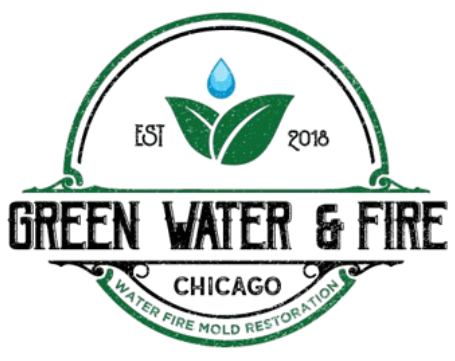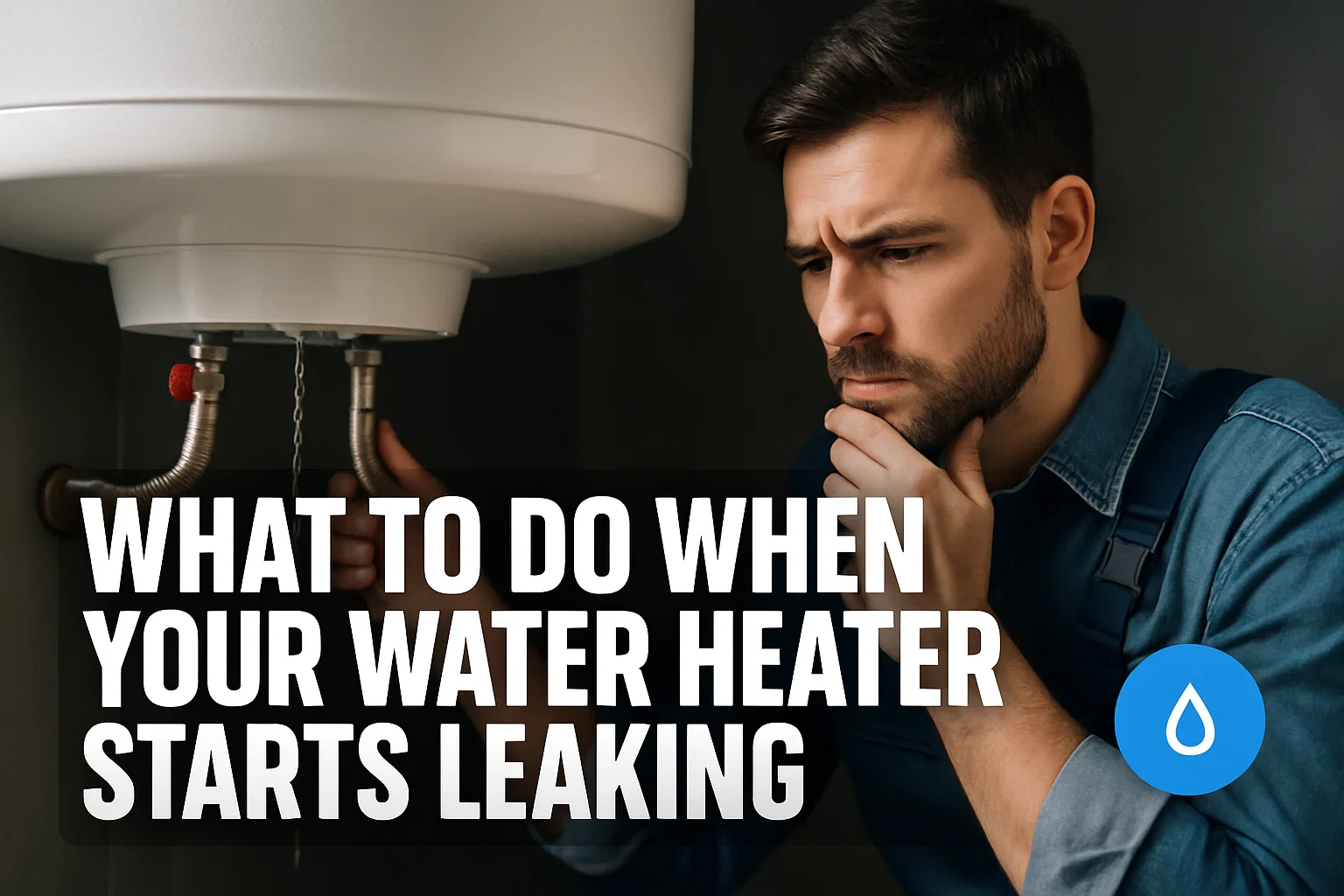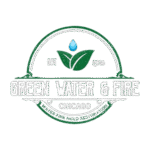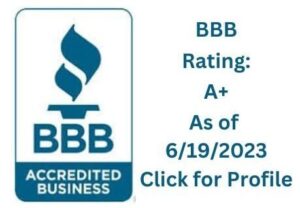Water damage can occur on your property, whether it is from a broken pipe, heavy rainfall, or a major flood. However, knowing about the water damage restoration process is key to ensuring your home or business is safe. But what is water damage restoration, and what does it involve? In this guide, we will discuss the basics of water restoration services and how to reduce water damage before it creates bigger problems.
What is the meaning of Water Restoration?

Water Restoration is a process of removing the excess water and soil from all the surfaces involved in the damaged area. Furthermore, water damage can wreak havoc in your home, whether the reason is a burst pipe, a flood, or even simply an appliance malfunction. No doubt, unattended water damage can result in mold development, structural damage, and health concerns.
The Water Damage Restoration Process
If you are dealing with water damage, it’s important to be familiar with the water restoration process to make better decisions. If left untreated, water damage can worsen rapidly. Following water damage to your home or office, nothing is more important than a restorative service. Fixing it properly now will prevent future problems, like mold or rot, which can be expensive to fix if left unaddressed. Here are the common steps:
Assessment and Inspection
In any restoration project, the first step is always the assessment. The water restoration professional will inspect the property, find the source of the damage, and decide the extent of the area affected. This involves locating the water source, looking for evidence of mold growth, and figuring out what materials (including flooring, drywall or insulation) have been compromised.
Water Removal and Extraction
After the water damage has been assessed, water removal is the next step. Restoration equipment includes: heavy-duty or industrial-strength pumps, vacuums, and air movers that can remove vast amounts of water from hidden places that are not accessible.
Pro Tip: Reduce the water as fast as you can, and you are less likely to face additional damage such as mold, mildew, or rot.
Drying and Dehumidification
Visible water is extracted, and the area is dried with the use of air movers and dehumidifiers. This also helps to extract the moisture hiding in walls, ceilings, or flooring. But make sure basement mold and bacteria do not return, The aim is to make the environment dry and stable to conditions like mold or bacteria growth.
Cleaning and Sanitizing
After drying everything up, the next step is cleaning and sanitizing. This process kills any dangerous bacteria, viruses, and mold spores that were carried into your air by the water. Special cleaners are used by professionals to clean. Moreover, antimicrobial treatments can be applied to prevent further contamination.
Restoration and Repair
And finally, the restoration part of the process, wherein the area is cleaned and sanitized. These could be repairing drywall, replacing flooring, restoring the structural support system, or painting the affected areas. Most water damage restoration services provide a full restoration to get your home back as it was before the damage occurred.
What Is Water Mitigation And Remediation

Water mitigation and water remediation shouldn’t be overlooked, although water restoration services are crucial for repairing damage like this.
Water mitigation is the action taken to prevent water damage or prevent it from getting worse, before it happens. This includes repairing leaks, sealing your windows, and waterproofing your home to prevent water from entering.
Water remediation is the cleaning up of mold, mildew, and other toxins from an area. When significant water damage has been suffered, it is essential to have the space properly remediated so that the living environment is safe and free from any potential health concerns.
Mitigation and remediation are both necessary elements of a water damage restoration project to solve problems in the future.
Why Use Professional Water Damage Restoration Service
When it comes to water damage cleanup, there are several advantages to hiring a professional service:
Experience: Professional repair companies have enough experience to know what to do when water damage is a problem.
Right and Proper Equipment: They use cutting-edge tools such as moisture meters, industrial-grade dehumidifiers, and air movers to deliver their fast and efficient services.
Reduce Risk of Mold: A professional service can minimize the risk of mold that can grow in 24 to 48 hours with moisture present.
Time Saver: The sooner the action, the better the results. With water damage restoration services, the work will be performed in an efficient manner so you can go about your life.
Conclusion
Moisture damage is a very serious problem that should never be underestimated. Just a small leak can be something that turns out to be a much larger repair or even a new water heater if left unattended. You can help protect your property by learning the steps the professionals take to restore your home or property. However, be sure to reach out to a water damage cleanup professional to return your home to its original state.
FAQs:
For small leaks or isolated flooding, you can expect it to take them 1-3 days, but for larger-scale flooding, don’t be surprised if it takes a week or longer to completely restore everything.
Water damage from a storm, burst pipes, or a flood is covered by homeowners’ insurance. But you should consult your policy to find out exactly what it covers.
If you see significant water damage such as water stains, mold growth, or a musty smell, it’s time to contact an experienced water damage restoration service. Even small leaks need to be fixed to prevent future problems.
Smaller water damage can be treated with DIY methods, but larger problems and even mold should be handled by the professionals.


















